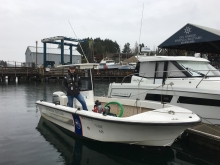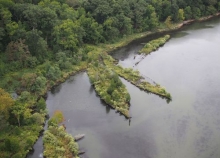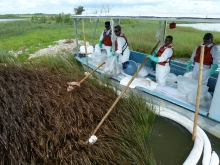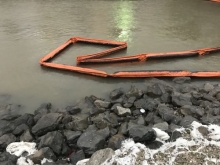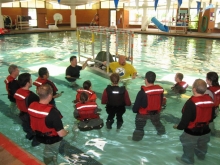Washington Man Offers Free Boatside Service to 'Pump, not Dump'
alyssa.gray
Wed, 05/23/2018 - 20:34
How OR&R Protects National Marine Sanctuaries from Marine Pollution
alyssa.gray
Sat, 05/19/2018 - 14:50
Oiled Birds and Dawn Dish Soap: A Behind-the-Scenes Look at Cleaning and Rescuing Oiled Wildlife
alyssa.gray
Thu, 05/03/2018 - 11:34

